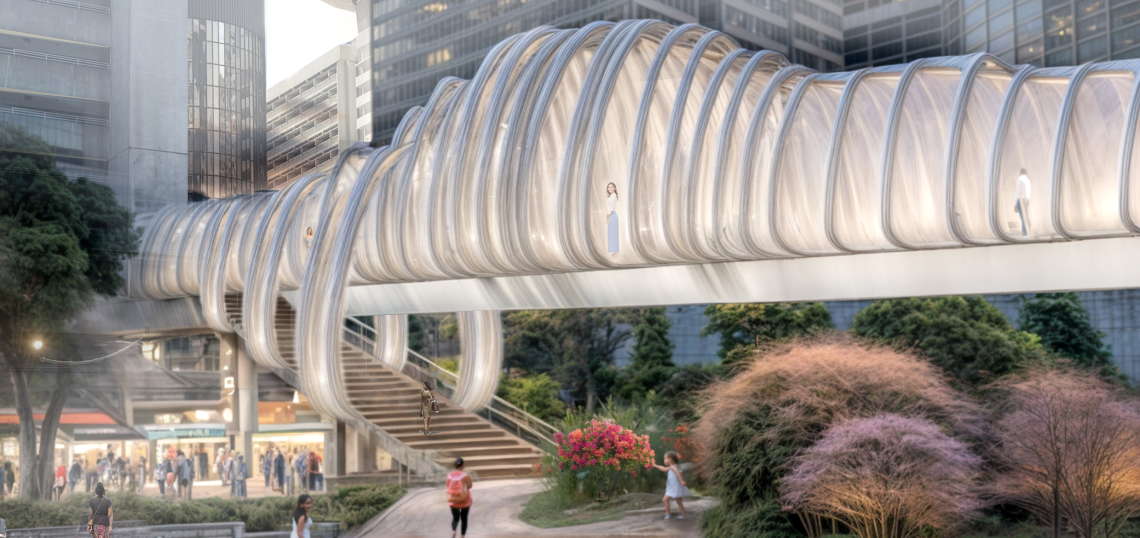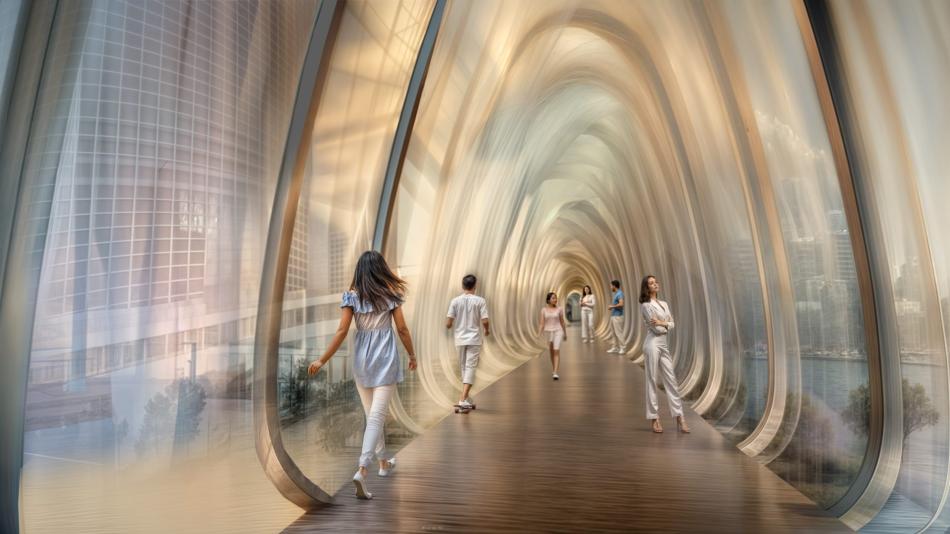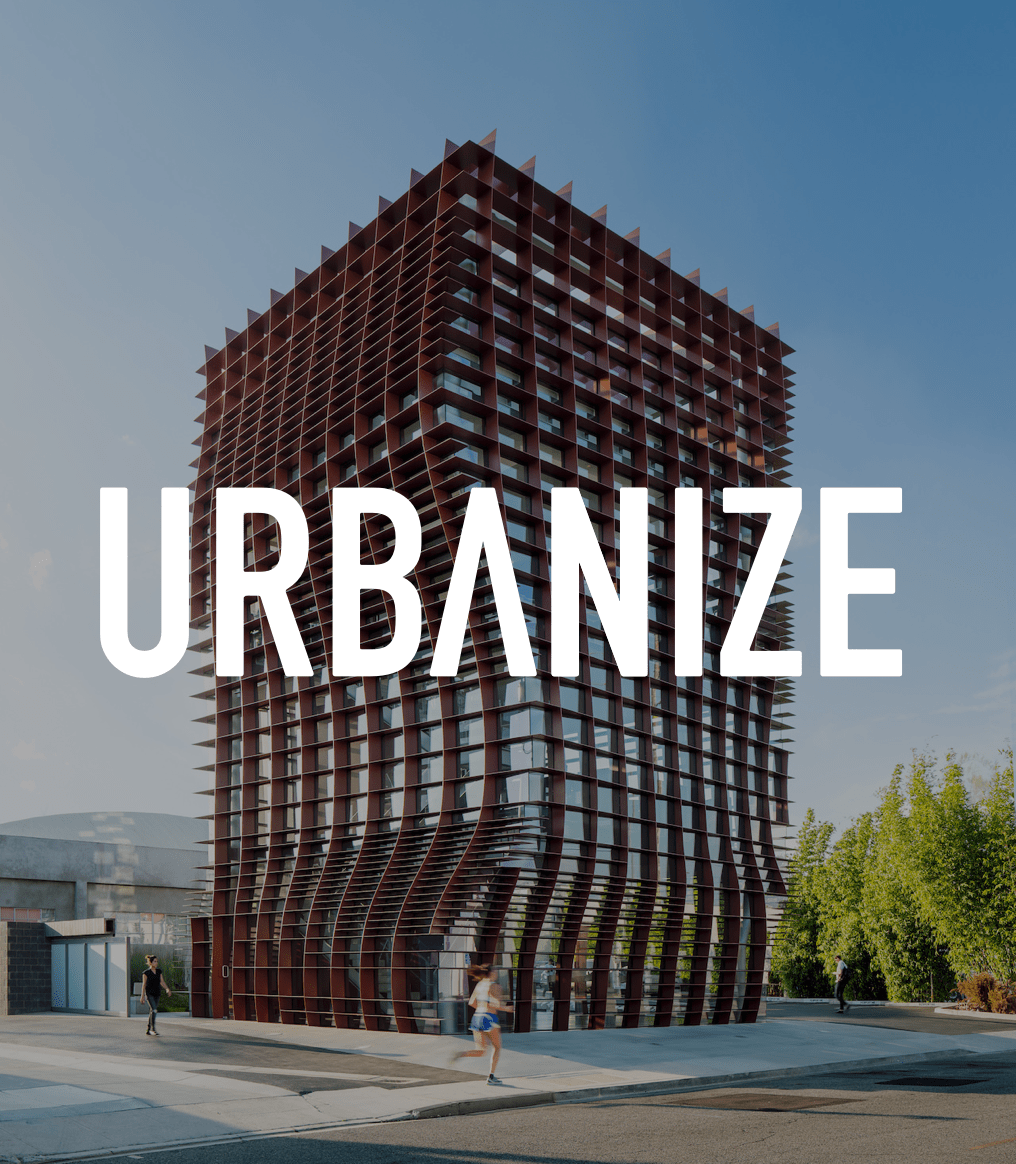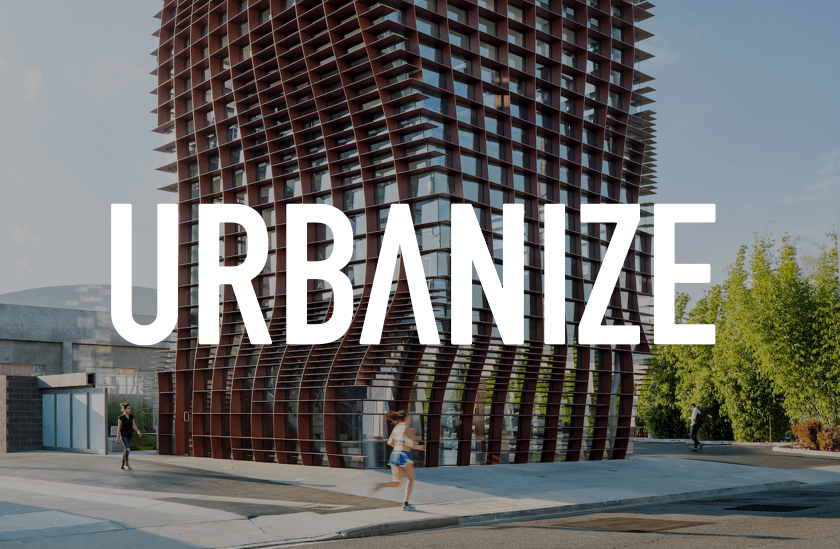While it may lack the scope of downtown Atlanta’s funding-challenged Stitch project, this one certainly deserves to be filed with the local Bureau of Big Ideas.
Architect and designer Bushra Aumir has published a case study that thoughtfully reexamines a ubiquitous facet of downtown architecture—John Portman’s glass-enclosed skywalks—as mixed-use nodes that reconnect the city's “fragmented pedestrian network,” while reimagining currently uninviting places as space “for cultural programming, historical memory, and shared ritual.”
Aumir’s vision appeared this week in the Common Edge publication, under the headline: “The Atlanta We Inherit: History, Architecture, and the Fight for Public Space.” The overarching goal would be to reclaim skybridges and adjacent property to meet the needs of a growing, densifying urban environment, while still nodding to the structures’ historical significance.
Colloquially called downtown’s “hamster tubes,” the skywalks provide convenient, quick, air-conditioned connecting points between many landmark buildings, in addition to being a favorite congregation point for Dragon Con revelers. But for decades the elevated tubes have drawn criticism for how they “suck life off the sidewalks and privatize public space,” as a recent AJC feature story put it.
Aumir developed the skywalk overhaul idea as an independent research project while living in Atlanta and working for Washington, DC-based architecture and engineering firm Page (recently acquired by Stantec).
“To clarify, no developer or architect has formally proposed this yet,” Aumir wrote to Urbanize Atlanta via email, as she preps for a year abroad in London. “Putting the piece out publicly is my way of suggesting it to the city and ideally sparking traction and interest.”
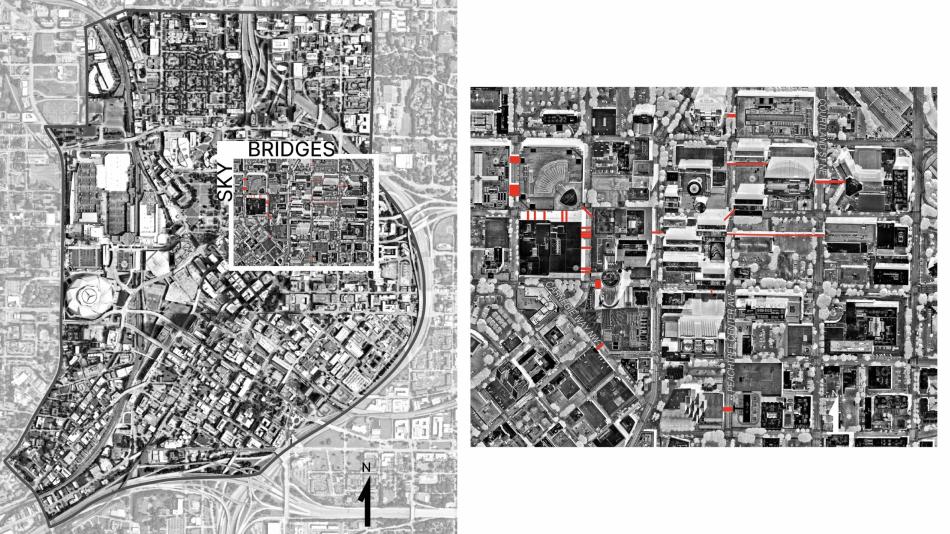 Red indicates current locations of Portman downtown skybridges. Courtesy of Bushra Aumir; Page Stantec
Red indicates current locations of Portman downtown skybridges. Courtesy of Bushra Aumir; Page Stantec
According to Aumir’s research, more than 70-Portman designed skywalks crisscross downtown Atlanta streets today, all of them shutting out the city around them, discouraging urban interactions, and “siloing pedestrians from the vitality of street life and isolating them from fellow citizens,” she writes.
Once considered futuristic, the elevated connections were developed during a time of urban degradation in Atlanta, as with most American cities. Aumir stresses that her proposal doesn’t strive to erase Portman’s architectural legacy but honor it through respectful, modern-day reprogramming.
Renderings by Aumir examine a skybridge and parking lot adjacent to the Atlanta Marriott Marquis as a mixed-use plaza at ground level, with greatly enhanced landscaping and vibrant communal social zones.
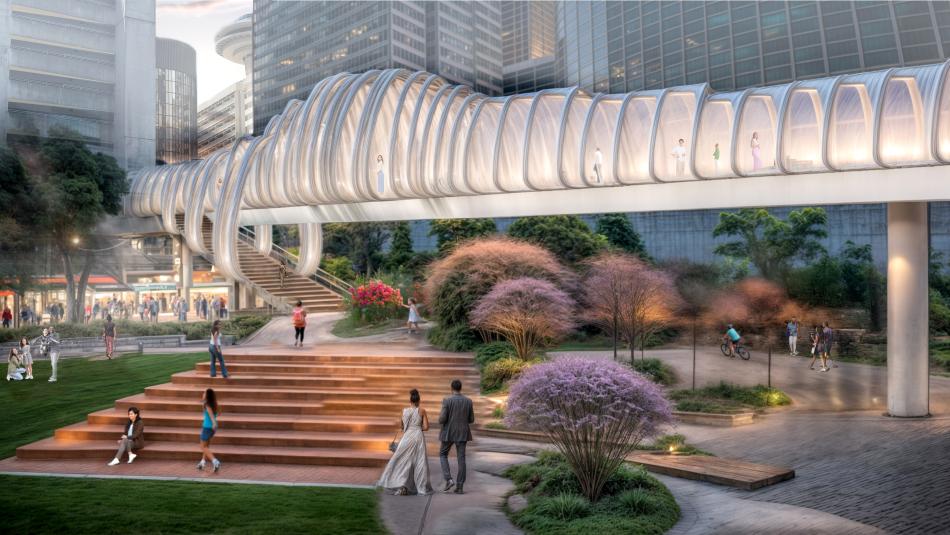 The hypothetical vision for skywalks as “catalysts for connecting people, programs, and public life,” as compiled by architect and designer Bushra Aumir. Courtesy of Bushra Aumir; Page/Stantec
The hypothetical vision for skywalks as “catalysts for connecting people, programs, and public life,” as compiled by architect and designer Bushra Aumir. Courtesy of Bushra Aumir; Page/Stantec
“By drawing inspiration from Portman’s vision while learning from past mistakes, the city can transform these structures into tools for remembrance and reconnection,” Aumir writes. “This approach would celebrate Atlanta’s architectural legacy while refocusing downtown on community needs and revitalizing the urban experience.
“A performance-informed approach to downtown Atlanta,” she continues, “invites people to see skybridges not as relics but as catalysts for connecting people, programs, and public life.”
Find a much deeper dive into Aumir’s ideas, analyses, and reasoning over here.
...
Follow us on social media:
Twitter / Facebook/and now: Instagram
• Downtown news, discussion (Urbanize Atlanta)




